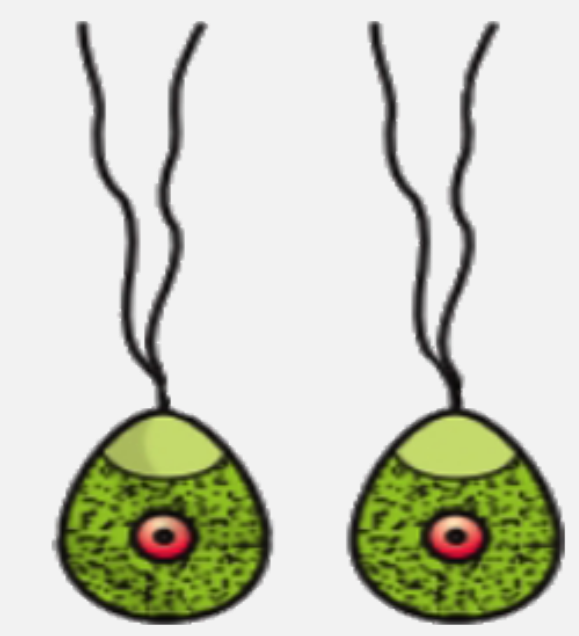How are gametes produced in haploid organisms?
Step-by-Step Solution:
1. Understanding Haploid Organisms:
- Haploid organisms have only one set of chromosomes (n). This means that their cells contain half the number of chromosomes compared to diploid organisms (2n).
2. Formation of Zygote:
- In haploid organisms, gametes (sperm and egg cells) fuse during fertilization to form a zygote. The zygote is diploid (2n) because it contains genetic material from both parents.
3. Meiosis Process:
- The diploid zygote undergoes meiosis, which is a type of cell division that reduces the chromosome number by half. This process consists of two rounds of division: meiosis I and meiosis II.
4. Production of Haploid Spores:
- Meiosis results in the formation of four haploid spores (n). These spores are genetically diverse due to the processes of crossing over and independent assortment that occur during meiosis.
5. Mitosis of Spores:
- The haploid spores then undergo mitosis, which is an equational division. This means that the number of chromosomes remains the same. Mitosis allows the spores to grow and develop into individual haploid organisms.
6. Development of Individual Organisms:
- Each haploid organism that develops from the spores is capable of producing gametes, thus continuing the life cycle.
- Haploid organisms have only one set of chromosomes (n). This means that their cells contain half the number of chromosomes compared to diploid organisms (2n).
- In haploid organisms, gametes (sperm and egg cells) fuse during fertilization to form a zygote. The zygote is diploid (2n) because it contains genetic material from both parents.
- The diploid zygote undergoes meiosis, which is a type of cell division that reduces the chromosome number by half. This process consists of two rounds of division: meiosis I and meiosis II.
- Meiosis results in the formation of four haploid spores (n). These spores are genetically diverse due to the processes of crossing over and independent assortment that occur during meiosis.
- The haploid spores then undergo mitosis, which is an equational division. This means that the number of chromosomes remains the same. Mitosis allows the spores to grow and develop into individual haploid organisms.
- Each haploid organism that develops from the spores is capable of producing gametes, thus continuing the life cycle.
Topper's Solved these Questions
- CELL DIVISION AND CELL CYCLE Book:PEARSON IIT JEE FOUNDATIONChapter:CELL DIVISION AND CELL CYCLE Exercise:TEST YOUR CONCEPTS (Fill in the blanks)
Explore 14 Videos
- CELL DIVISION AND CELL CYCLE Book:PEARSON IIT JEE FOUNDATIONChapter:CELL DIVISION AND CELL CYCLE Exercise:TEST YOUR CONCEPTS (Select the correct alternatives)
Explore 17 Videos
- CELL-THE BASIC UNIT OF LIFEBook:PEARSON IIT JEE FOUNDATIONChapter:CELL-THE BASIC UNIT OF LIFEExercise:MASTERING THE CONCEPTS (Assertion and Reasons) (Choose the correct option)
Explore 5 Videos
Similar Questions
Knowledge Check
How are gametes produced in broducing gametophytes?
ABy mitosis of gametophyte cellsBBy meiosis of gametophyte cellsCBy meiosis of sporophyte cellsDBy mitosis of sporesHow many types of gametes can be produced by a diploid organisms, if it is heterozygous for 3 loci?
A6B4C8D3How many types of gametes can be produced by a diploid organisms, if it is heterozygous for 3 loci?
A6B4C8D3
Why do gametes produced in large numbers in organisms exhibit external fertilisation ?
View SolutionHow many types of gametes can be produced by a diploid organism who is heterzygous for 4 loci ?
View SolutionHow many types of gametes can be produced by a diploid organism who is heterzygous for 4 loci ?
View SolutionThe female gametes are produced in a pair of organs called ____
View SolutionHow many difference types of gametes can be produced by an organism of the genotype AaBBCc?
View Solution
